Brazilian coffee | is there a big difference in flavor characteristics between producing area beans and boutique manor beans?
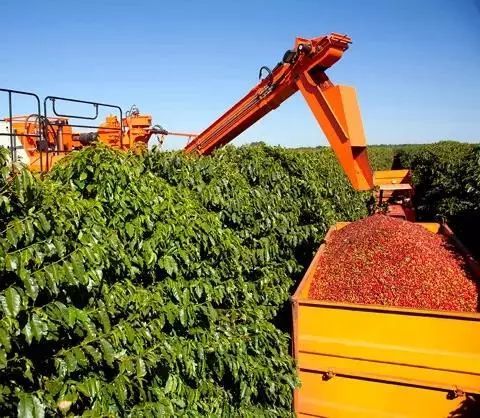
Professional coffee knowledge exchange more coffee bean information please follow the coffee workshop (Wechat official account cafe_style)
Brazilian coffee | is there a big difference in flavor characteristics between producing area beans and boutique manor beans?
Brazil's coffee production, which once accounted for 60% of the world's total coffee production at the beginning of the 20th century, now produces an average of more than 30 million bags (60 kg per bag), accounting for 30% of the global output, and was once referred to as the "coffee continent" or "coffee kingdom". However, there are obvious differences in planting and treatment methods between producing area beans and boutique manor beans:
[producing area beans]:
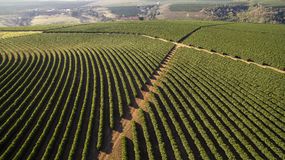
Brazil has been the world's largest producer of Arabica coffee in recent years, most of which are managed by groups and super-large estates, with rows of coffee trees planted, endless, multi-storey washing plants and industrial harvesting machines. Brazilian coffee is widely grown in flat areas, and in order to adapt to local conditions, Brazilian landlords have developed improved Arabica coffee trees that do not require highland or shade decades ago, which can be planted on plains or grasslands and directly exposed to the sun. Most of the coffee gardens in Brazil are less than 1200 meters above sea level, and the way of picking beans is rough. Ripe fruits are harvested together with green fruits. Due to its vast territory and huge output, solarization has long been the main treatment method in Brazil.
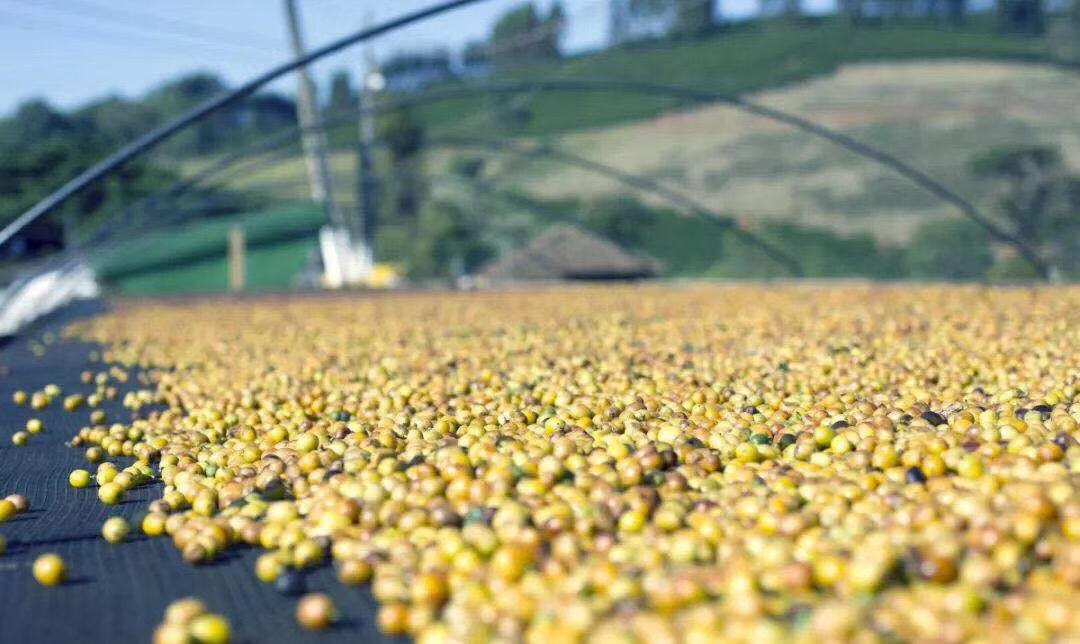
The hilly woodland of 700m-1200m in South Minas is the earliest coffee production area in Brazil. Due to the increase in labor costs, it is now mostly harvested mechanically, and it is also the earliest commercialized area of coffee. We can see that many large exporters are also here. Bahia, located in the north of Brazil, mainly produces washing Brazil, and Espiritu Santo, near the seaside, is the main export area of Brazilian Robusta varieties. Because of the vast territory, there is not enough water in the production area to cope with the delicate process of coffee beans with a large production capacity. In addition, because of the vast flat terrain unique to Brazil, it is suitable for large-scale production by natural drying. However, it is often due to variables such as humid climate, causing coffee beans to become moldy and produce a rotten smell.
Brazil Red Bourbon:
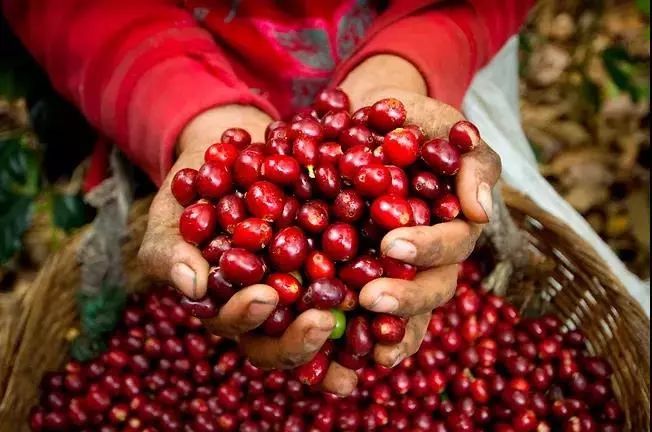
After the red bourbon general coffee tree blossoms and bears fruit, the color change of the coffee fruit is: green > turn yellowish > turn slightly orange > turn mature red > turn ripe dark red, so some people also say that [red wave side species], planted in high altitude bourbon species, usually have a better aroma, while the acid is brighter, and it even tastes like red wine.
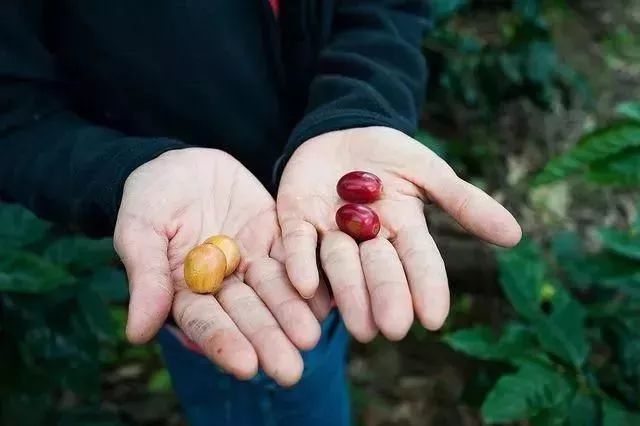
Flavor: balanced taste, with a typical Brazilian coffee style. Caramel, cream, nuts and chocolate have a prominent finish and low acidity.
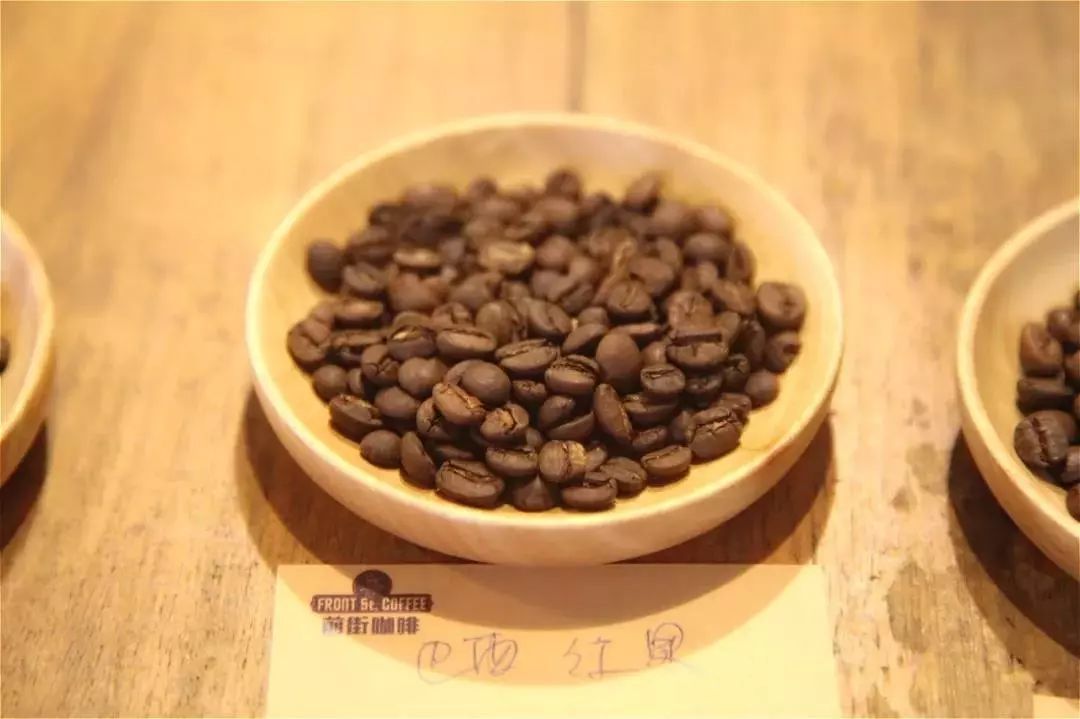
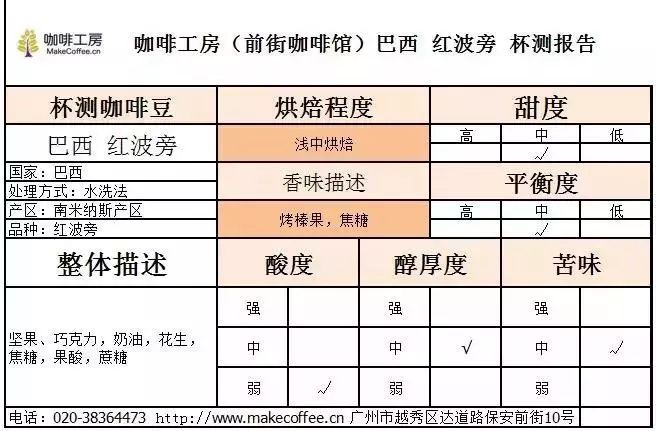
[boutique manor beans]:
The coffee picked by the boutique coffee bean farm does not use the machine to harvest the coffee, but the fully ripe coffee beans are picked by hand. Brazil advocates half-sun (or half-water washing), that is, after removing defects and floating fruit in the sink, the peel, pulp and part of the pectin are removed by machine, then washed, finally dried or dried in a drying room. Compared with the water washing method, the half-sun method saves water and labor, which has greatly improved the quality of Brazilian coffee, reversing the bad criticism of Brazilian coffee after years of rough sun exposure.
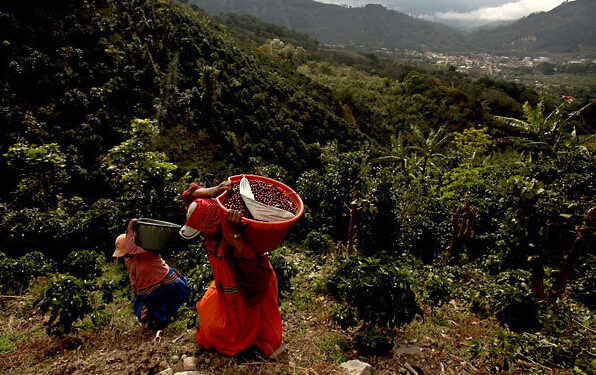
The Brazilian Coffee Association was established in 1991 to improve the quality of extremely hard beans comparable to those at high altitude, and with the assistance of the American Fine Coffee Association, the first Brazilian Coffee Competition (Cup of Excellence) was held in 1999. Over the years, the tester witnessed and coached the international cup, and the flavor gradually reached its peak.
Queen of Brazil:
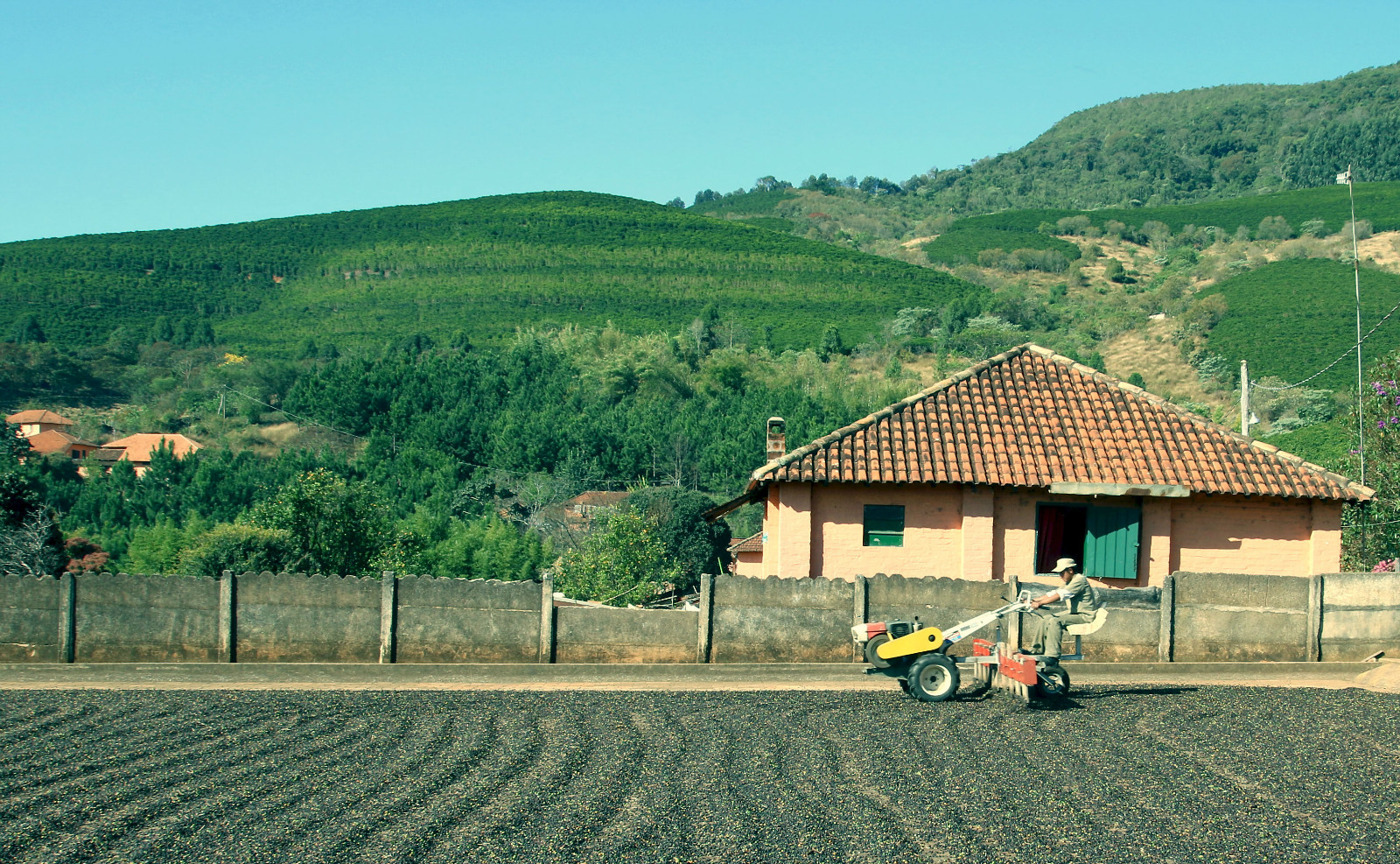
In 2011, the manor won the championship in the COE competition in Brazil. Fazenda Rainha is owned by the prestigious and respectable coffee family Carvalho Dias family. Since the first Brazilian COE Competition in 1999, Carvalho Dias's four major estates have won awards every year, winning more than 12 times in the past seven years, and even arranged for the champion, 9th, 11th and so on in 2004, many large and small estates in Brazil. Because of the high terrain and non-plain terrain, it is impossible to harvest by machine, and the fruit can be harvested completely by hand.
Peeled meat handling system (Coffee processing system):
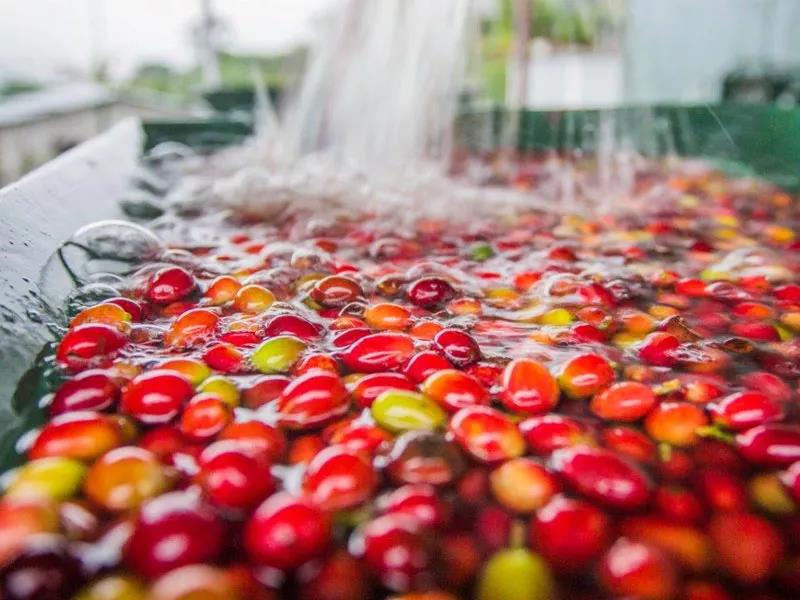
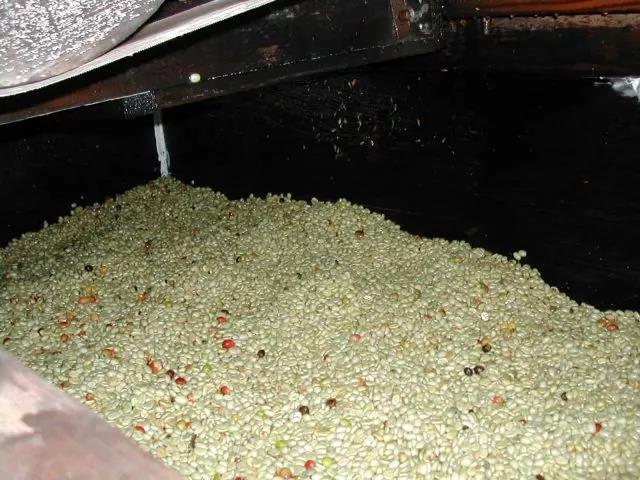
The ripe cherry fruit is picked on the cloth bag by hand to avoid touching the ground. The coffee fruit harvested on the same day must be sent to the treatment plant to which the manor belongs for half-sun treatment (Pulped Natural). The coffee fruit is picked by hand and surrounded by cloth. This is to avoid the earthy taste and any improper fermentation flavor. When the harvested coffee fruit arrives at the processing site, wash the coffee fruit immediately: wash the coffee fruit clean. The unqualified or dried fruits (b ó ia beans) were screened out according to the size partition of the bean body, and the qualified beans were screened, and the peeling action continued (using the pulper machine).
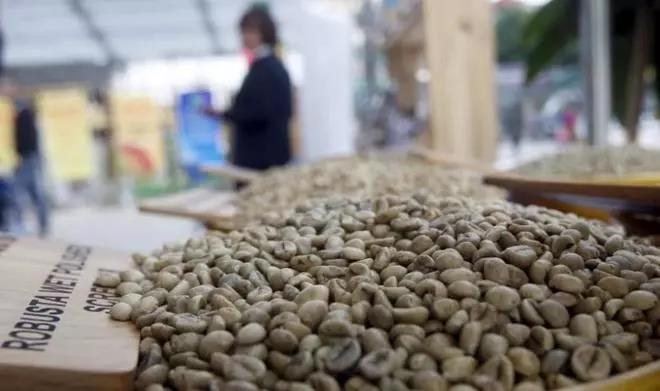
The natural treatment similar to honey treatment makes the coffee taste more round, and the effect is between washing treatment and full-sun treatment. During the treatment, a small amount of water is used to remove the pulp and peel, and then the coffee is dried directly on the drying rack, which is constantly turned over to ensure that all the coffee is exposed to the sun. after several days of drying, mechanical drying is carried out to achieve the appropriate water content.
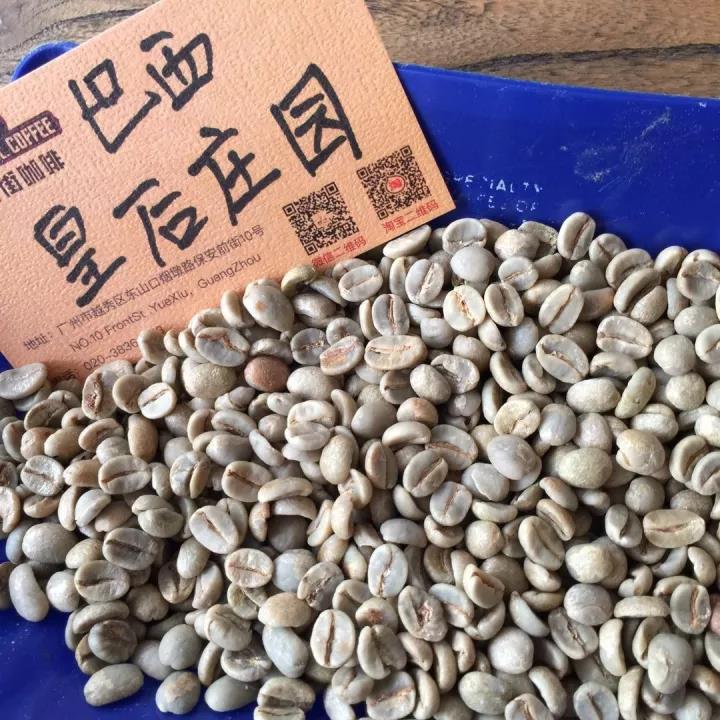
Flavor: the taste is delicate nutty, fruity, creamy peanuts, clean and half-sunny will make her slightly bright acidity but excellent with sweet fruit, some even have tropical fruit aromas, Sugar cane juice's sweet, black tea, soft fruit sweetness, obvious nutty flavor, balanced and supple acidity, weak and clean bitterness, rich chocolate aroma and nutty flavor, bright and fresh taste Smooth and delicate on the palate.
[recommended hand flushing]
Filter cup: Hario V60
Water temperature: 88-89 degrees
Degree of grinding: BG 5R (64% pass rate of Chinese standard No. 20 screen), small Fuji 3.5
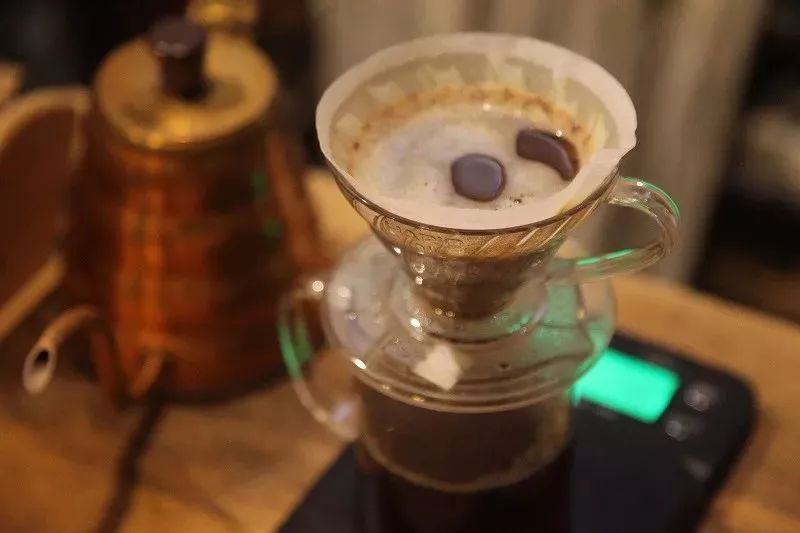
Cooking methods: the ratio of water to powder is 1:15, 15g powder, the first injection of 25g water, 25 s steaming, the second injection to 120g water cut off, waiting for the powder bed water to half and then water injection, slow water injection until 225g water, extraction time about 2:00
Analysis: using three-stage brewing to clarify the flavor of the front, middle and back of the coffee. Because the V60 has many ribs and the drainage speed is faster, when the water is cut off, it can prolong the extraction time and better extract the nut and chocolate flavor of the tail section.
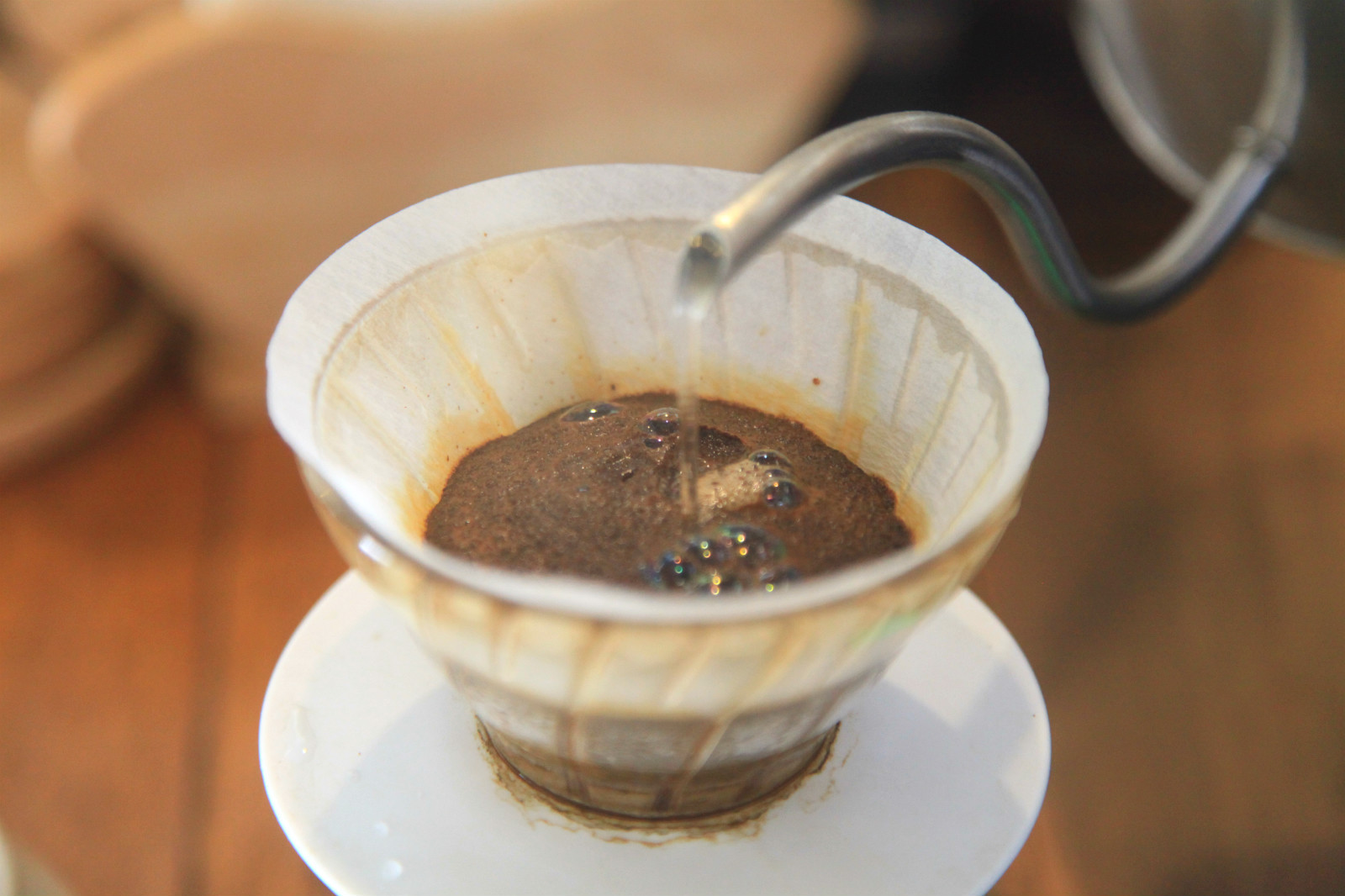
We explore the differences between producing area beans and fine beans, and the differences appear in the methods of fruit picking and treatment. because of their high yield, sometimes they have to be picked by machines, and the immature fruits will be picked together and dried directly in the sun. Sometimes there will be uneven drying, and the present method has also improved the treatment method, filtering immature fruits through semi-washing to reduce imperfections such as entrainment. While the manor bean harvest fully ripe fruit, usually harvested in stages, refined semi-washing method, irregularly turn the sun, so that the sugar of pectin fully infiltrated into the fruit, the excellent treatment is that the taste is more delicate and smooth, cleaner, the flavor is clear and distinguishable.
Important Notice :
前街咖啡 FrontStreet Coffee has moved to new addredd:
FrontStreet Coffee Address: 315,Donghua East Road,GuangZhou
Tel:020 38364473
- Prev
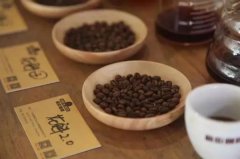
Lazy Coffee Series | how to soak Sidamo Sakuran with a smart cup? And delicious?
Professional coffee knowledge exchange more coffee bean information please follow the coffee workshop (Wechat official account cafe_style) lazy people make coffee series | how to soak Sidamo Sakuran with a smart cup? And delicious? [Sakui refined sun treatment] in the micro-batch of Shanquan treatment plant, the red fructose content is more than 21 before the sun treatment begins, so the sweetness is quite high, plus low temperature fermentation for 21 days (generally
- Next
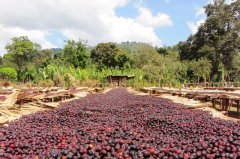
The right way to drink Yega Xuefei Red Cherry Coffee
Professional coffee knowledge exchange more coffee bean information please follow the coffee workshop (Wechat official account cafe_style) lazy people brewing series 2 | Yega Xuefei refined sun red cherries simple hanging ear drink? There are mainly eight major producing areas of Ethiopian coffee, namely: Lekempti, Limu, I
Related
- Detailed explanation of Jadeite planting Land in Panamanian Jadeite Manor introduction to the grading system of Jadeite competitive bidding, Red bid, Green bid and Rose Summer
- Story of Coffee planting in Brenka region of Costa Rica Stonehenge Manor anaerobic heavy honey treatment of flavor mouth
- What's on the barrel of Blue Mountain Coffee beans?
- Can American coffee also pull flowers? How to use hot American style to pull out a good-looking pattern?
- Can you make a cold extract with coffee beans? What is the right proportion for cold-extracted coffee formula?
- Indonesian PWN Gold Mandrine Coffee Origin Features Flavor How to Chong? Mandolin coffee is American.
- A brief introduction to the flavor characteristics of Brazilian yellow bourbon coffee beans
- What is the effect of different water quality on the flavor of cold-extracted coffee? What kind of water is best for brewing coffee?
- Why do you think of Rose Summer whenever you mention Panamanian coffee?
- Introduction to the characteristics of authentic blue mountain coffee bean producing areas? What is the CIB Coffee Authority in Jamaica?

